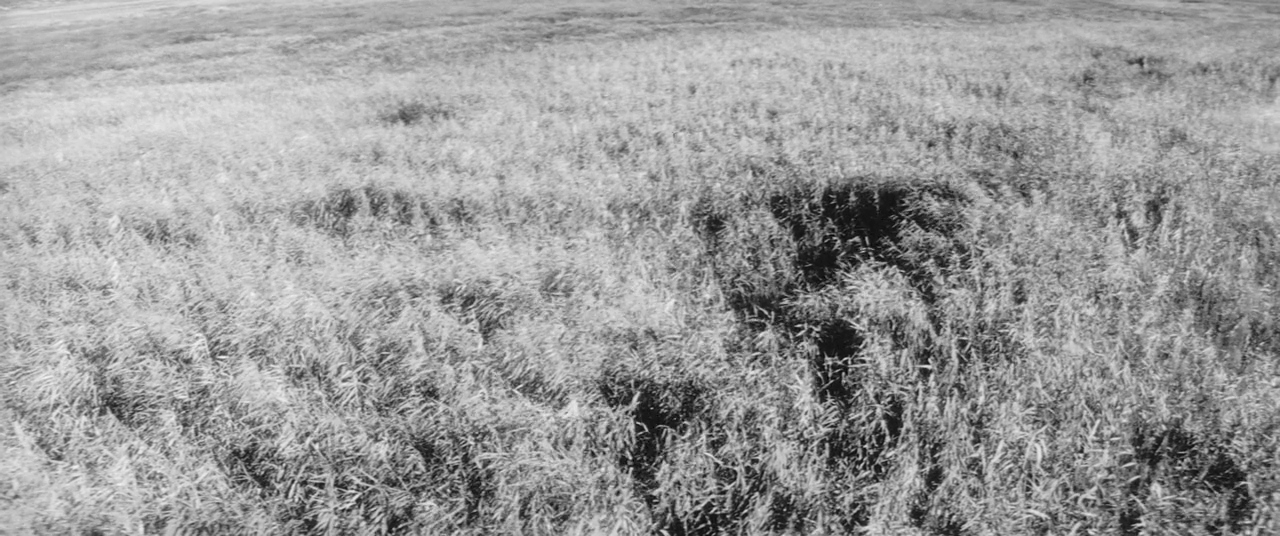
“My eye, or rather the camera’s eye, is fixed to view the world from the very lowest level of society…. If you have to look at society through the eyes of those placed on its bottom level, you cannot escape the fact that you must experience and perceive everything with a sense of the political struggle between classes.”
— Kaneto Shindo, Director
Noh theater can seem strange at first. Its actors move with staccato slowness, the singers howl to the beating of drums, and the stage is left more or less bare. But over time it becomes transfixing, and you find that you are not merely watching a performance on stage but rather entering an archetypal web. The stage is not simply a stage, in Noh. It is a substrate — a meeting place for Noh’s most distinctive features: masks.
Each mask possesses a clear, codified meaning to be taken on by (and, in turn, transform) the wearer. There is a mask for the samurai; the priest; there is one for the young woman in mourning; there are many for animals; there is even a mask for the madwoman twisted into demonic form by rage and jealousy. It is this last mask, called the Hannya, which is the driving force behind Kaneto Shindo’s 1964 horror classic, “Onibaba,” literally translated, “demon hag.”
Set in 14th-Century Japan during a period of civil war, “Onibaba” draws as much from the tradition of Noh Theater as it does from its immediate political context, the aftermath of the atomic bombings of Hiroshima and Nagasaki — Shindo, himself, a native of Hiroshima. And so, as a period drama, the film does not glamorize the violent samurai and constant warring of the past. In fact, the war itself is largely absent from Shindo’s tale. “Onibaba” instead focuses on the intimate relationship between two peasant women—both of whom remain nameless. The two women, a mother-in-law and daughter-in-law, cling to each other in the face of abject poverty and loneliness, while the man that bonds them (the old woman’s son and the young woman’s husband) is notably absent, having been drafted by a local general into the distant fray.
On some level, this film is about waiting and how long and how much you can take. The protagonists’ survival hinges on the steady flow of lost soldiers who wander into the fields where they live. The women hunt and murder them in the grass—stealing anything they can and disposing of the bodies in a cavernous pit. As Shindo put it in a 1972 interview with film critic Joan Mellen, “The tall, swaying reeds are my symbol of the world, the society which surrounds people…. [The reeds] represent the world in which these commoners live and to which the eyes of lords and politicians do not reach.”1 Thus, in Shindo’s vision of the warring period, soldiers are not heroes but prey.
It is no mistake that the film opens inside the hole where the women dispose of their victims. The hole is the first “character” introduced in “Onibaba.” In fact, it appears in the opening credits, underscored by a strange mixture of Noh-style drumming and jazz. “The hole, deep and dark,” reads plain, white text. “Its darkness has lasted since ancient times.” An unknowable, uncomfortable darkness haunts “Onibaba” throughout the course of the film — the ugly, animal subconscious of the mind. And Shindo gestures to it (the horror of the primordial womb) constantly, all the while casting empathetic, complex portraits of his female characters. He even says in one interview, “She is myself. I am Onibaba.”
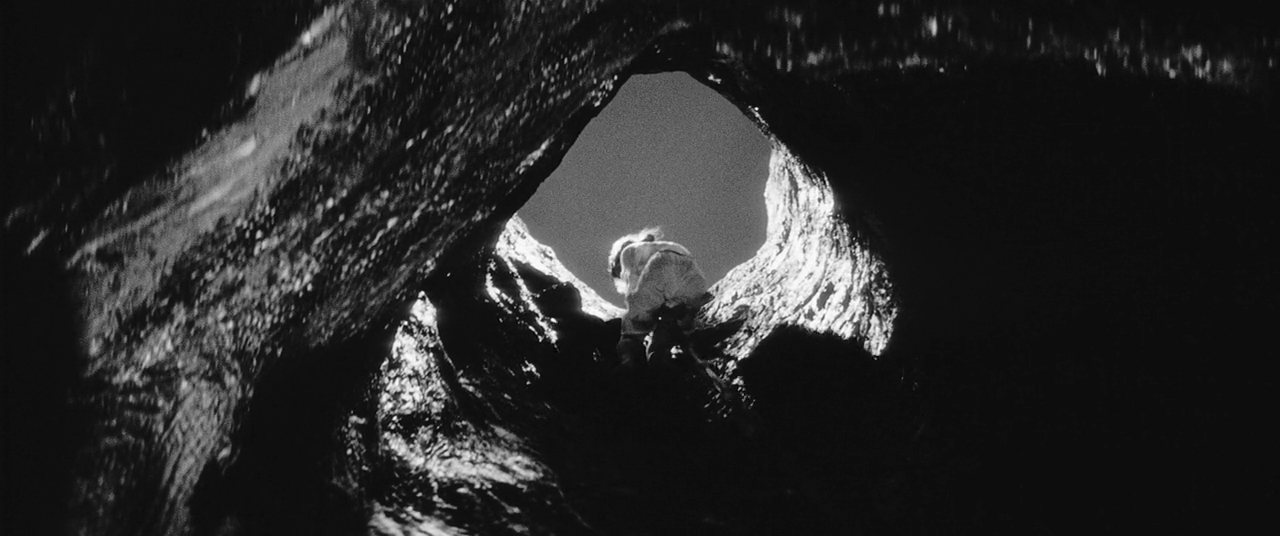
Yet, it is the older woman, the Onibaba, who meets a terrible fate. After discovering that her son (the young woman’s husband) is dead, she becomes fearful that the younger woman will abandon her. Out of desperation, the old woman sets out to terrify her younger counterpart, donning the Hannya mask in order to stalk her in the tall grass. The Hannya mask is sad, horrifying, and demonic all at once. It’s a face in anguish, usually meant to portray the lost souls of women driven mad by jealous obsession who have transformed into demons. And so, in perfect Noh fashion, when the old woman dons the Hannya mask, the mask becomes her and she becomes it.
The mask becomes stuck.
Noh is typically conceived as a nationalistic art form, but in “Onibaba” this symbolism is subverted. The ultimate crescendo of Shindo’s film is the confrontation between young and old. The old woman, overcome with sorrow and regret upon discovering that the horrific demon mask will not come off, begs for her young companion’s forgiveness and help. The young woman eventually lends her assistance — however violent that assistance may be. Using a heavy stone to crack the mask into pieces, the young woman peels away the Hanya, taking the old woman’s face with it. She leaves a disfigured, raw visage behind — a face crafted by Shindo, himself, from images of Hiroshima victims.2 In the end, Shindo tears away the Noh mask, a distinctly Japanese symbol of culture, art, and history, in order to reveal the grotesque effects of warfare underneath.
Kaneto Shindo’s “Onibaba” is ultimately a portrait of war’s periphery — a systemic revealing of the lasting and complex forms of devastation that war leaves in its wake. Unlike the onibabas of traditional Japanese mythology, demon women who feed on the flesh of wandering men, Shindo’s onibaba is more tragic than she is terrifying. She is Shindo’s protagonist and his villain all at once— the bystander of a larger, resonant violence that extends far beyond the boundaries of this film — and she cannot be codified into a horrifying mask quite yet
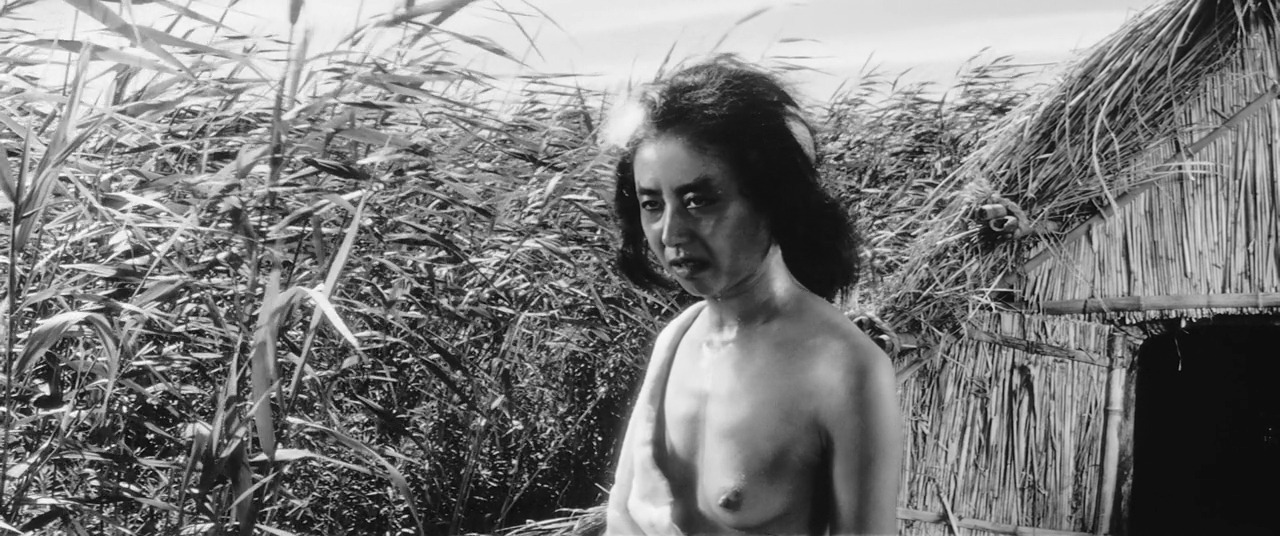




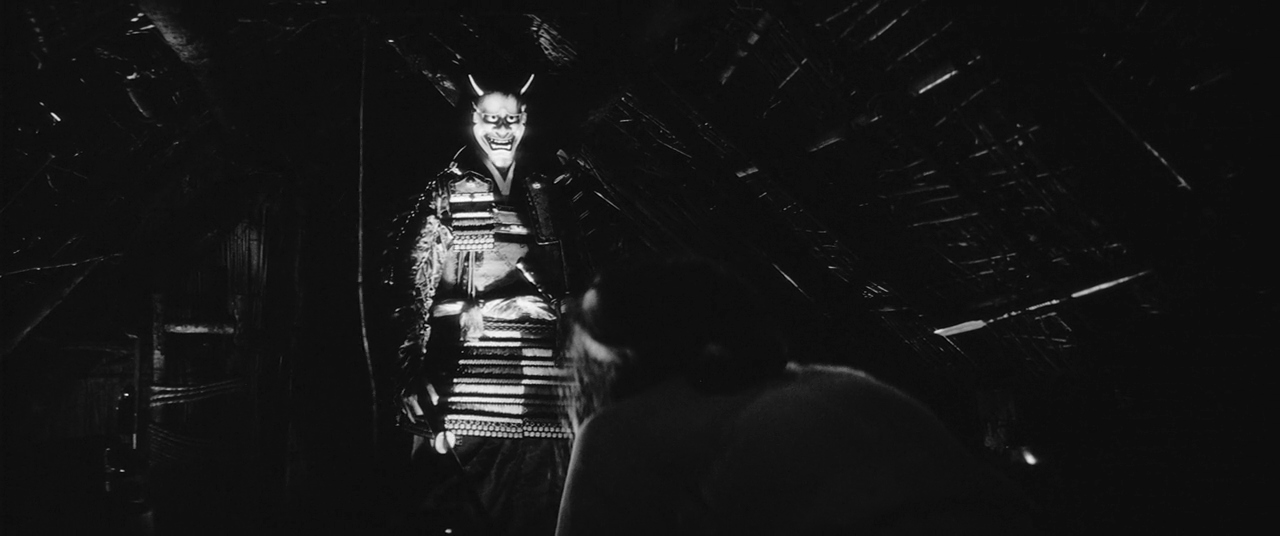


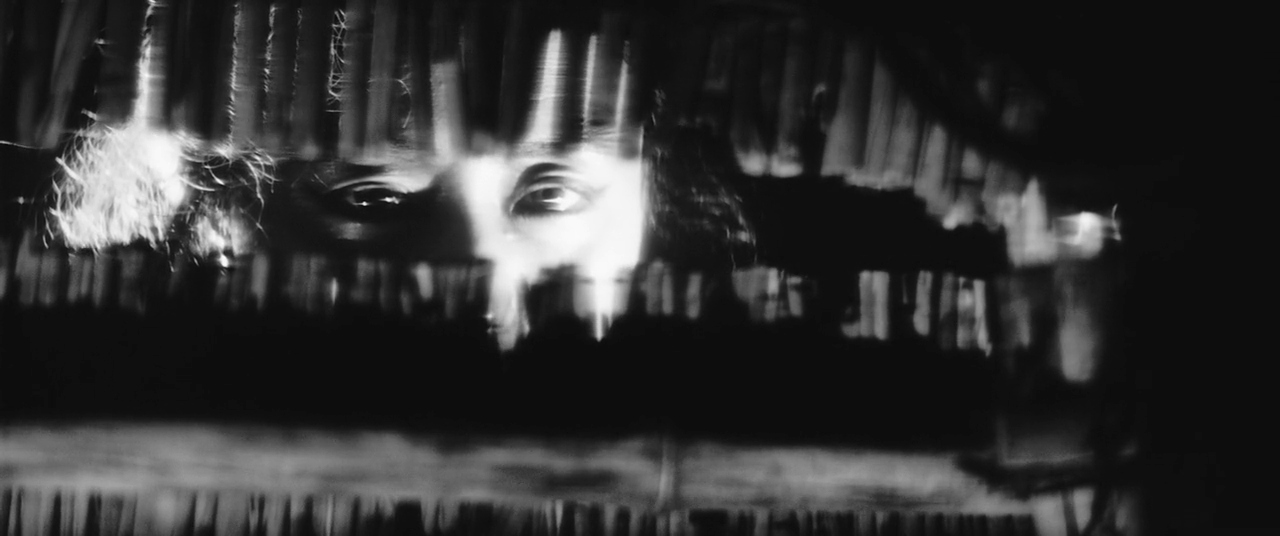

1. Mellen, Joan. Voices from the Japanese Cinema. New York, NY: Liveright.
2. Lowenstein, Adam. Shocking Representation: Historical Trauma, National Cinema, and the Modern Horror Film. Columbia University Press, 2005.